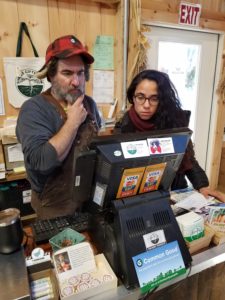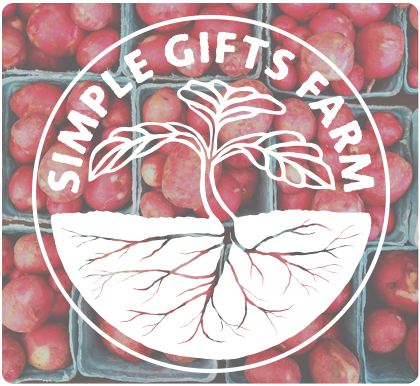I am cranking my way through our 2020 financial analysis, and have come across a staggering number: $20,179.25 is the total we spent on credit card fees last year. You can imagine that if you multiply that number by all of the small businesses in our community, it is not hard to envision those credit card fees as a giant vaccuum cleaner sucking dollars out of our local community and into the financial industry. I am reminded of the villain in Superman III, played by Richard Pryor, who makes a fortune by taking all of the fractional pennies from peoples’ paychecks; today’s supervillains are taking more like a 2-3 pennies on the dollar of every transaction, and literally rule the world (side note: I was thirteen when that movie came out, and think I enjoyed it, but that snippet about the half-pennies is all that remains in my memory. According to Wikipedia and Rotten Tomatoes, the movie was pretty awful, particularly the casting of Richard Pryor.) What if I told you that we have, here to save the day, a payment method that keeps that money within our community and offers the same level of contact-less transactions that you expect from a credit card. This payment method not only saves local businesses on those thousands of dollars of credit card fees, but it also creates a bank of money that can be used to reinvest into local economic development.

Jeremy and Natalia puzzle over integrating Common Good into our POS system back in 2018. It won’t be this hard for you to get set up with your own account!
We have been accepting Common Good Payment since late in 2018. The way it works is that you set up an account and put some money in. You receive a card that can be used (contact-free, just like a credit card!) at local businesses. You can also pay directly through the website. The local business can then use those credits to pay other businesses (we are currently paying for purchases from Old Friends Farm, Real Pickles, and Artisan Beverage Cooperative with Common Good,) or can cash out funds and send it directly to their bank account. That last feature is what makes this system more viable than the local currency projects of the 90s and 00s; the system is not limited by which businesses accept Common Good. We still have maybe 20 Valley Dollars that are left over from our first farmer’s markets, and are now only worth the value of the paper they are printed on. Common Good has many of the same benefits as a local currency, but is technically just a payment system (similar to PayPal,) reporting to the US Treasury. But unless everyone cashes out all at once, there is a pool of money that can be invested in the community, and it is democratically managed by members. Common Good members chose to invest $30,000 in 2017 and 2018 into loans and grants for 22 projects within the Franklin County community. It is estimated that the average county in the US has $250 million dollars circulating every two weeks, so the pot for investment in our local economies is potentially huge. On the other hand, if 2.5% of that money is skimmed off as credit card fees, that is $6.25 million that leaves the local economy every two weeks. Are you ready to sign up for your Common Good account and do your part to keep our community’s money here where it belongs? Sign up here

